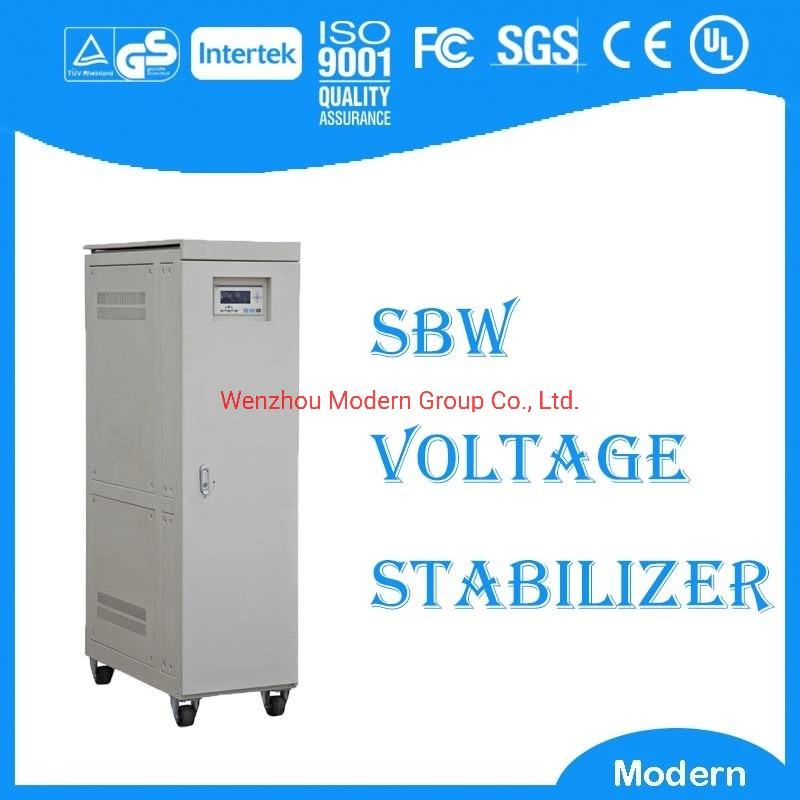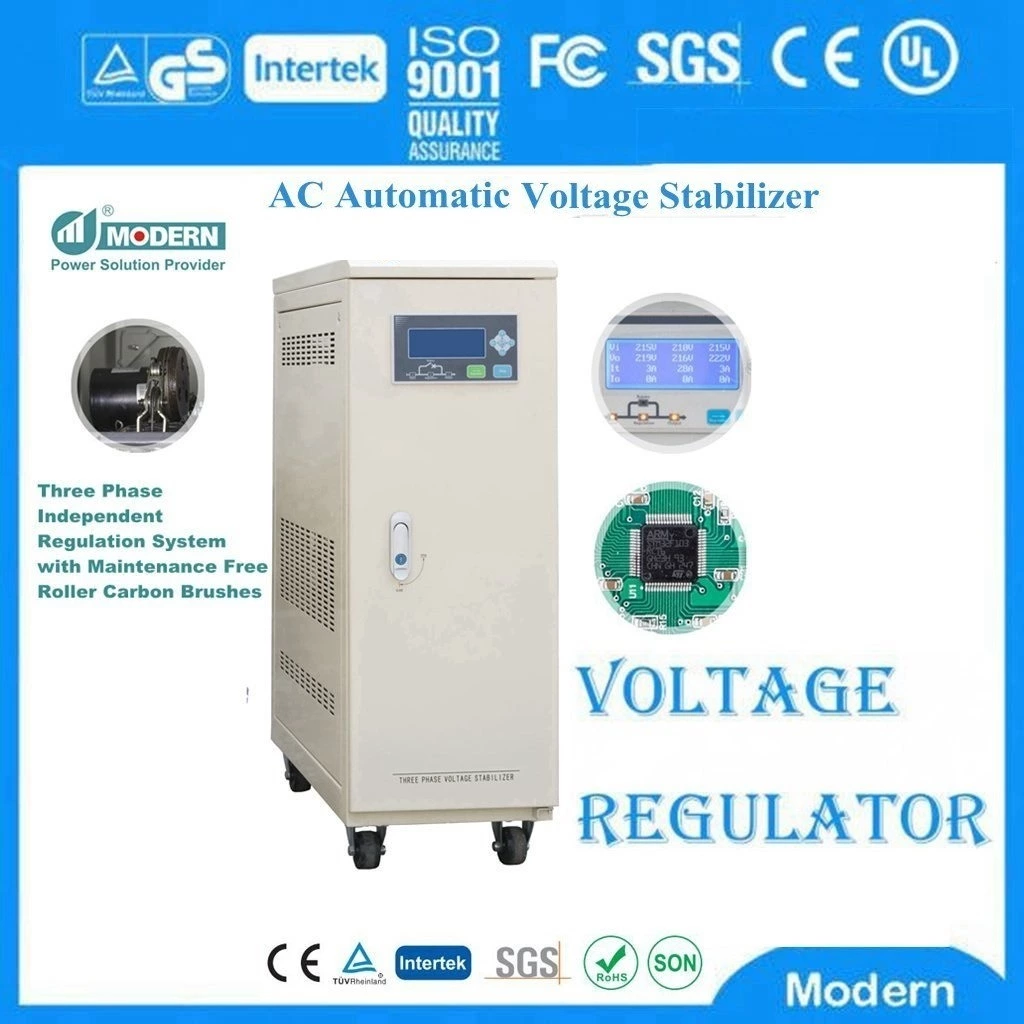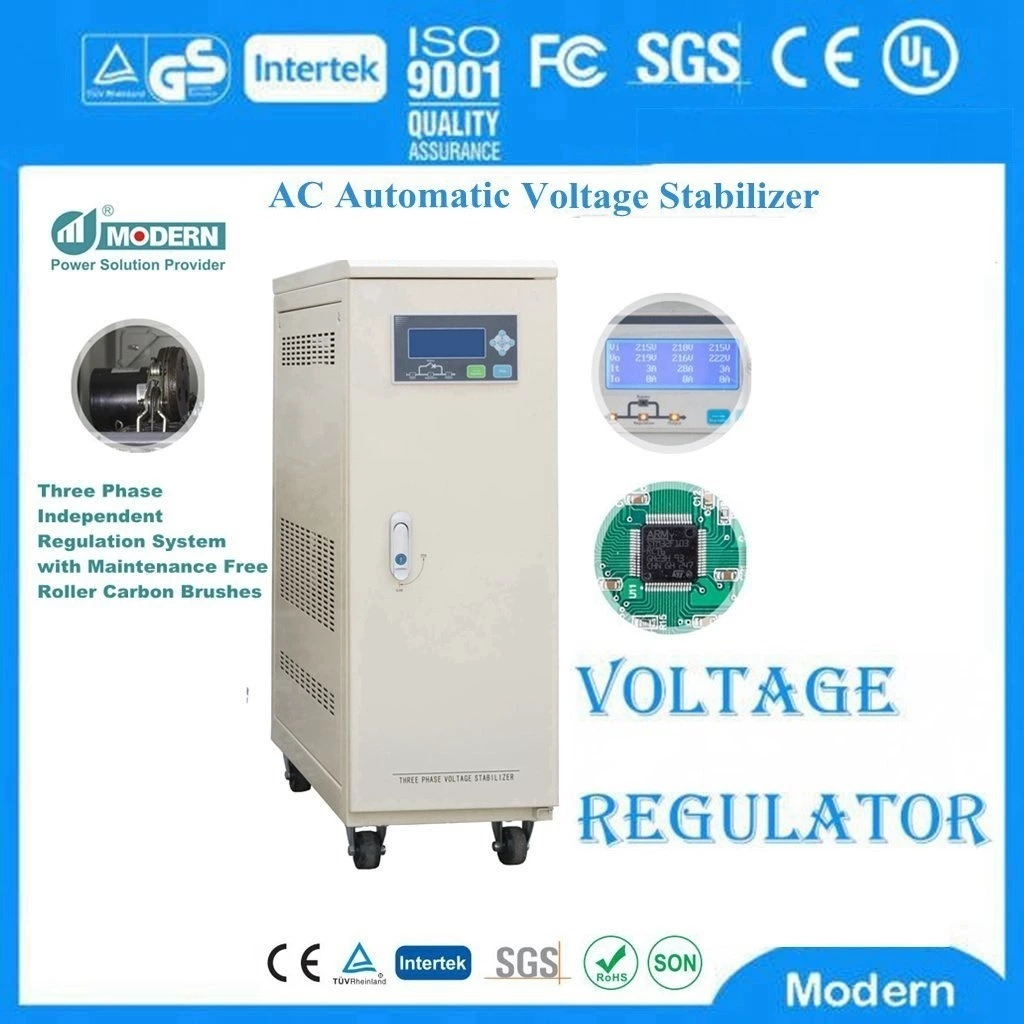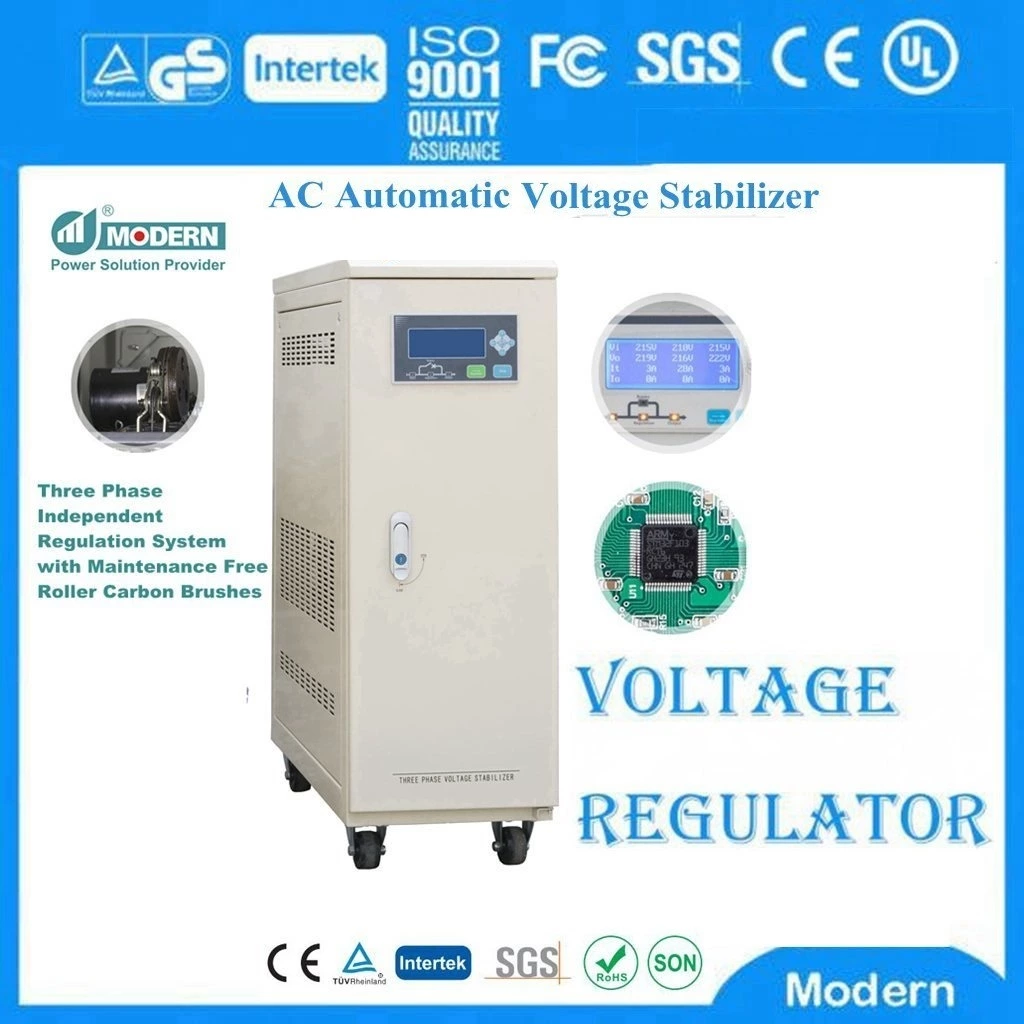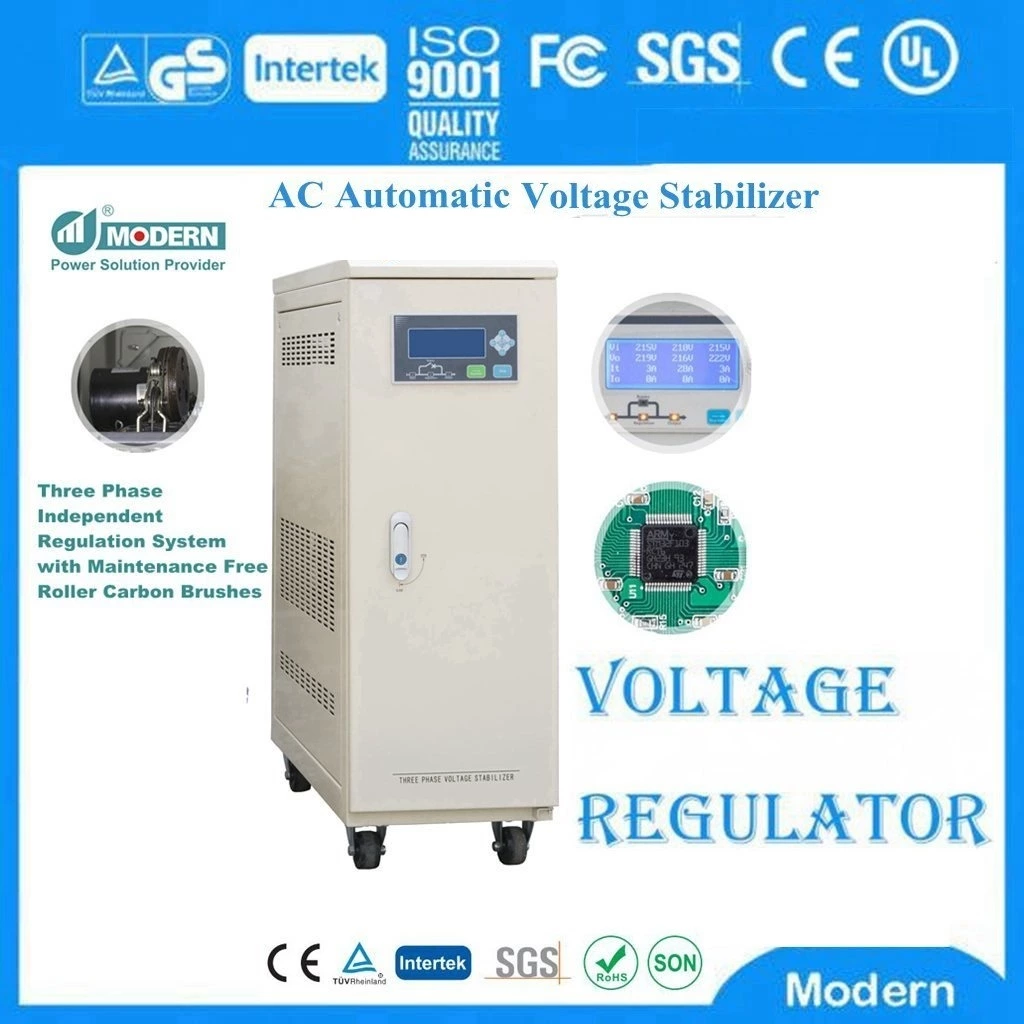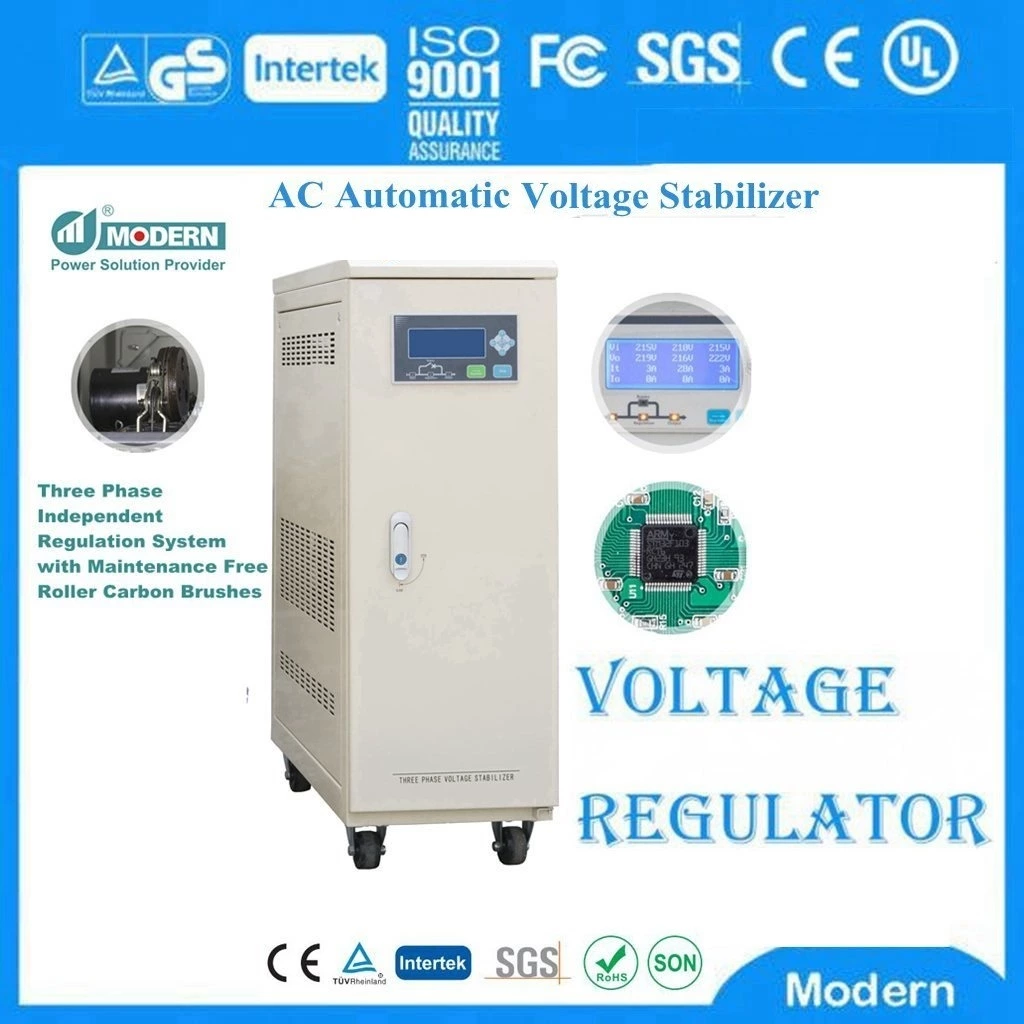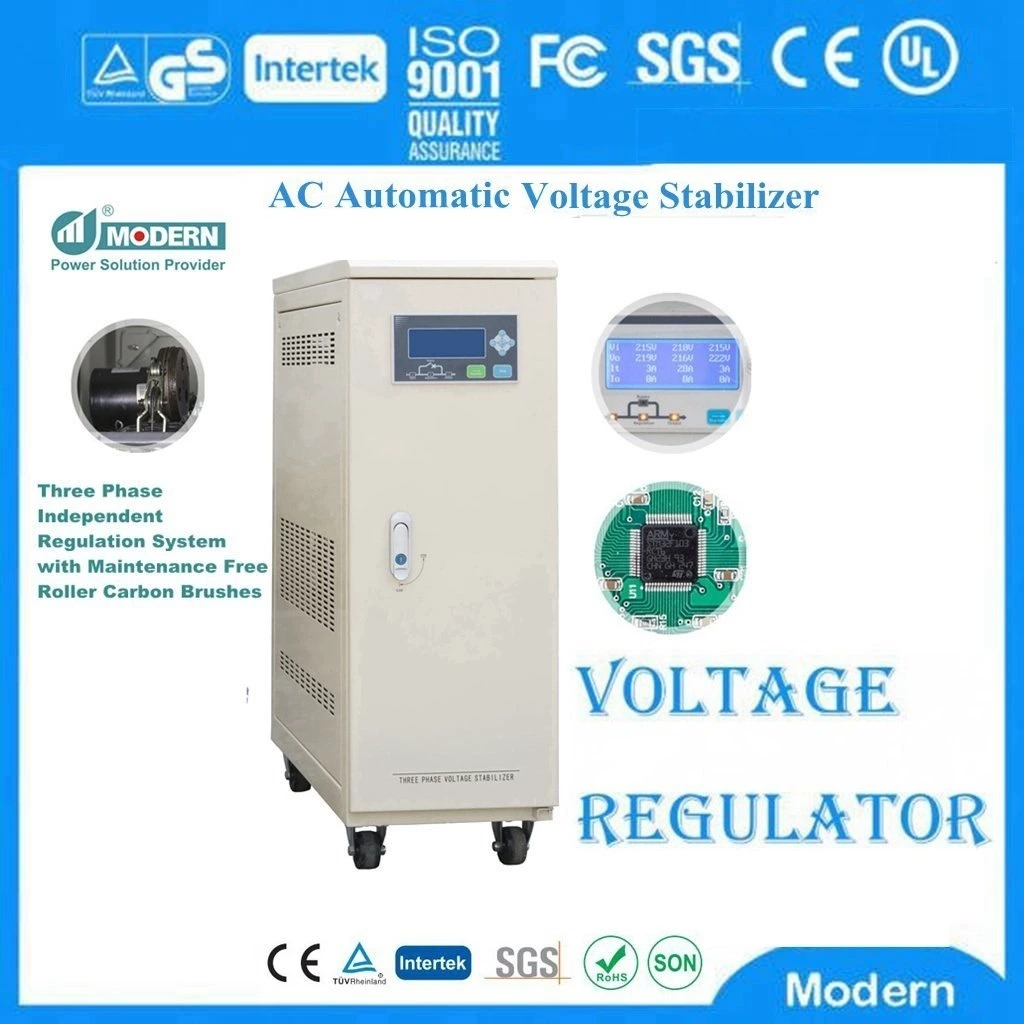How To Distinguish Automatic Voltage Stabilizer From Mechanical Voltage Stabilizer?
First, let's compare their working principles:
The mechanical voltage stabilizer relies on the movement of the brush holder on the voltage regulating transformer to change the voltage of the secondary winding of the compensation transformer to maintain the stability of the output voltage. There are carbon brushes, contacts, and mechanical transmission.
Automatic Voltage Regulator uses a microcomputer (MCU+PLD+12-bit high-speed AD) for intelligent detection, and the output command controls the electronic module (IGBT or SCR). The unified regulation does not have the three-phase voltage automatic balancing function, and the separate regulation has the three-phase voltage automatic balancing function. The other is the three-phase voltage automatic balancing, and all products are three-phase separate regulation.
Slow start and anti-shock Conventional products do not have (large capacity does not have, small capacity can be equipped with a delayed output device)
All products have the function of stabilizing the voltage first and then outputting.
12-bit high-speed AD acquisition, 64 points per cycle, and the single-chip microcomputer performs true effective value calculation. It has anti-harmonic function. When there is severe harmonic interference in the power grid or load equipment, the output voltage can still remain stable and the current measurement can still remain accurate.
Unattended automatic start-up Conventional products do not have this function, all products have unattended automatic start-up function).
Protection response time Protection after about 5S after an abnormal situation occurs Protection after about 1S after an abnormal situation occurs (protection time is fast).
Voltage stabilization accuracy setting method
Analog potentiometer adjustment Digital touch key setting (convenient, user-friendly)
Bypass function
Yes Yes (and can bypass automatically without interruption)
Maintenance cycle Regular maintenance Maintenance-free
Other parameters Not settable Digital touch key setting (convenient, user-friendly)
Voltage display Pointer type True effective value digital display
Current display Pointer type True effective value digital display
Center voltage setting method Analog potentiometer adjustment Digital touch key setting (convenient, user-friendly)
Now you understand, you will definitely not be confused when buying in the future.

 Русский
Русский
 Français
Français
 Português
Português
 Español
Español
 اللغة العربية
اللغة العربية
